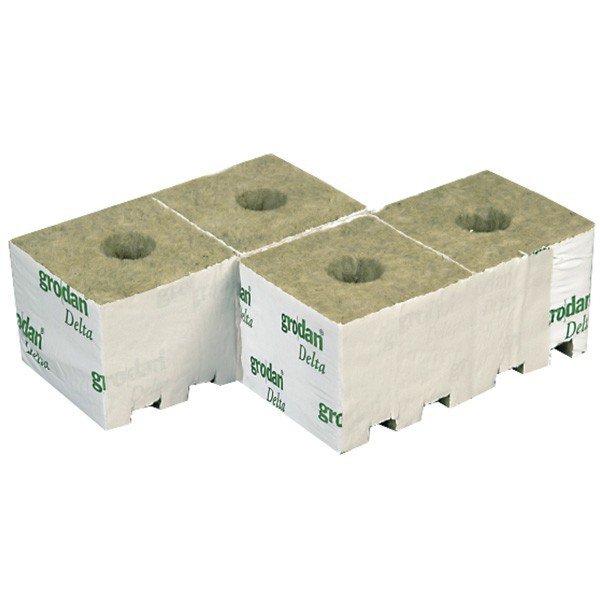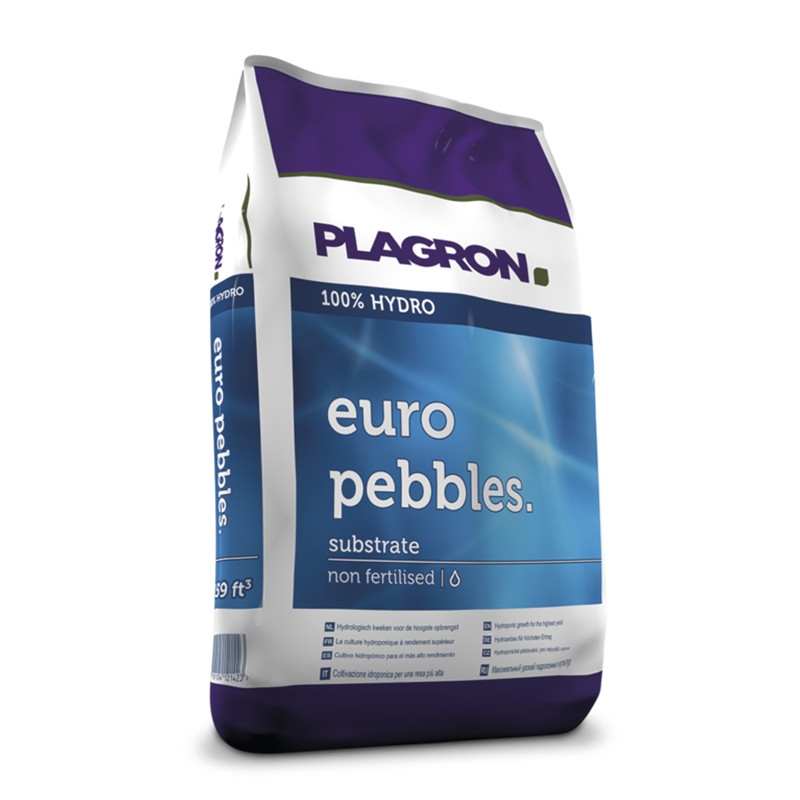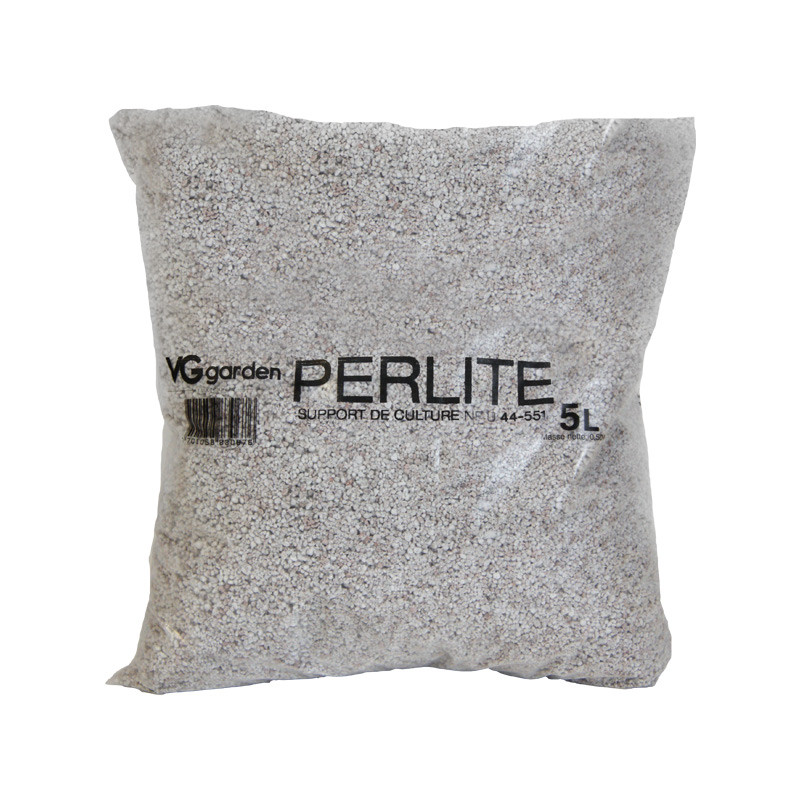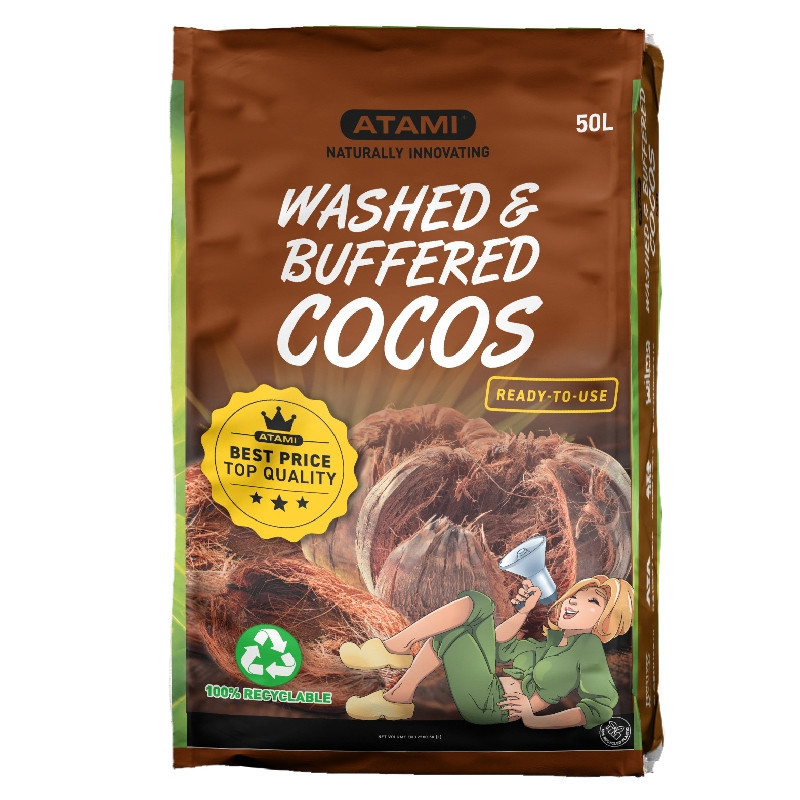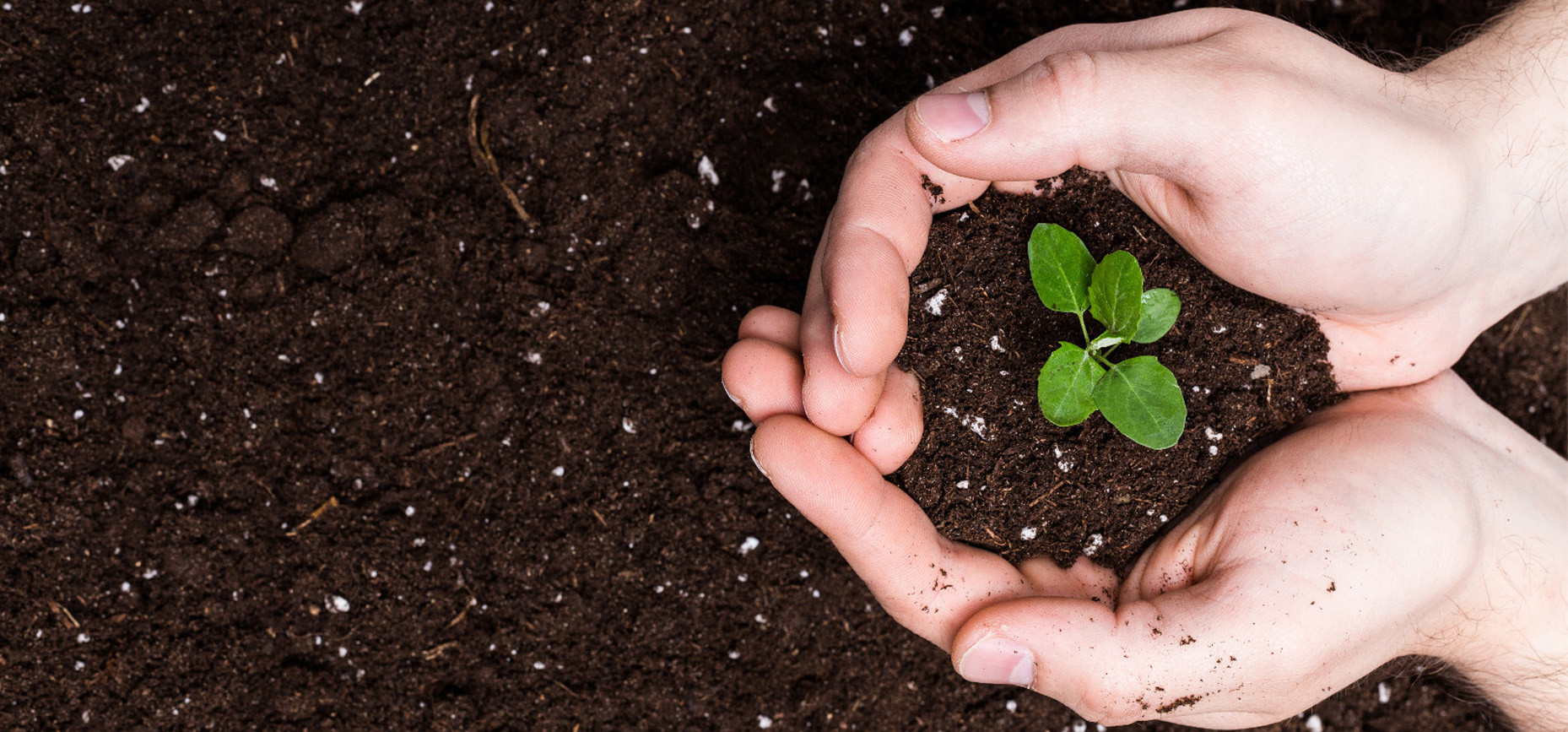Substrates play an essential role in the success of your horticultural crop. At Growshops.fr, we offer a comprehensive guide to help you choose the ideal substrate for your specific needs. Discover the different types of substrates available and their uses in horticulture.
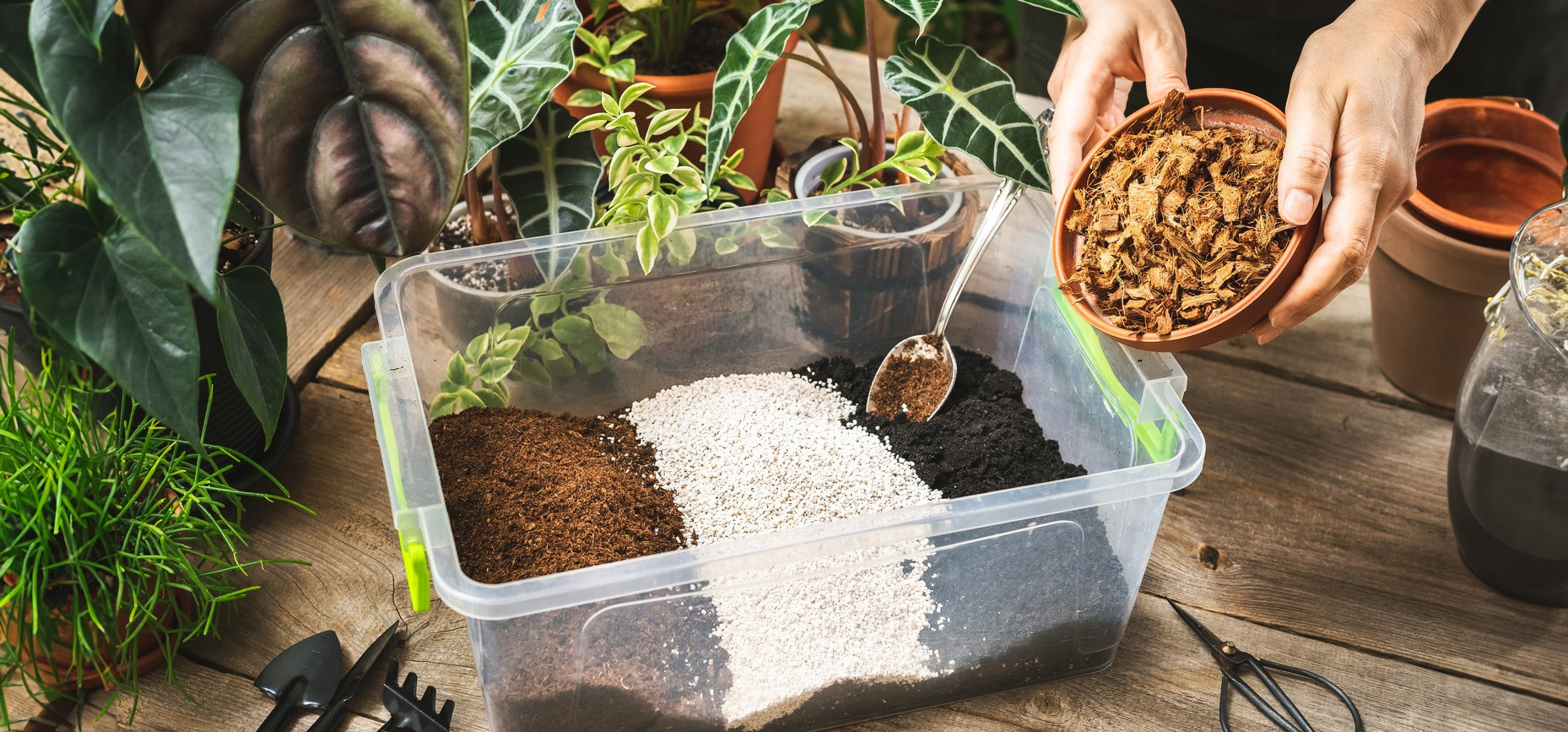
Ready-to-use potting soils for traditional cultivation
Ready-to-use potting soils are mixes designed to promote plant growth. They generally include the following elements
- Perlite: a volcanic rock that aerates the soil and retains water, ideal for seedlings and cuttings.
- Coco: a fiber derived from the coconut that provides aeration and water retention, eco-friendly and derived from renewable resources.
- Peat: organic matter derived from decomposing plants, which aerates and retains water, but is more acidic and less durable than coir.
These components can be mixed in different proportions according to plant needs. Orchids, for example, require an aerated substrate with pine bark, rockwool, moss or perlite. Aquatic plants prefer a substrate rich in organic matter, including peat, compost or manure. Mediterranean plants thrive in light, low-fertility soils of pozzolan, sand or gravel.
We offer a wide selection of enriched potting soil mixes of various types, offering different levels of drainage. Our potting soils are available in different formulations, such as Light Mix, Grow Mix and Royal Mix, with or without fertilization (organic and/or mineral), and in different packaging.
Hydroponic substrates for modern cultivation
For those wishing to adopt more modern growing methods, we offer inert hydroponic substrates. These substrates require close monitoring of the nutrient solution, measured in terms of EC (electrical conductivity) and pH. Here are some commonly used options:
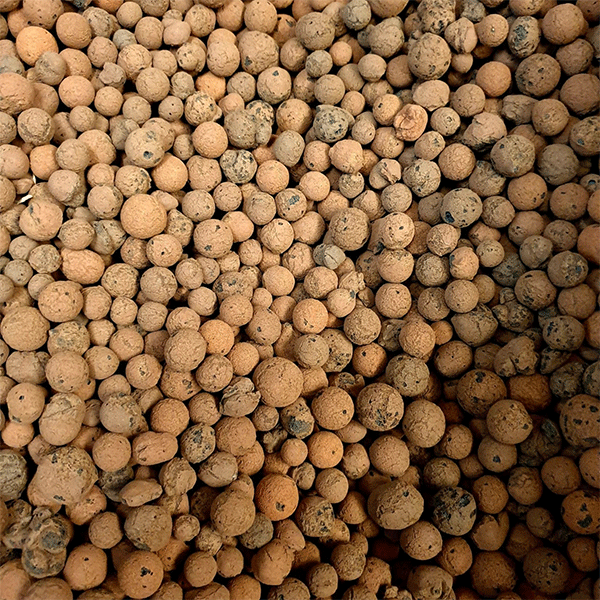 | Expanded clay beads: Lightweight and porous, they provide good root drainage and aeration. |
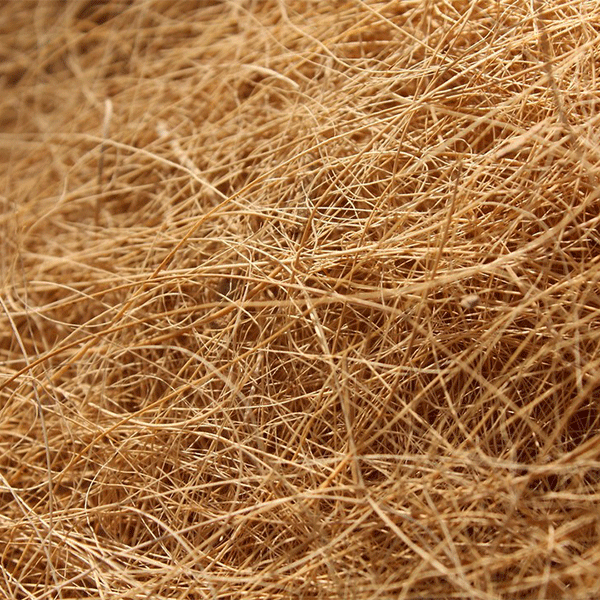 | Coconut fibers: Derived from coconut shells, they retain water and nutrients while providing good root aeration. |
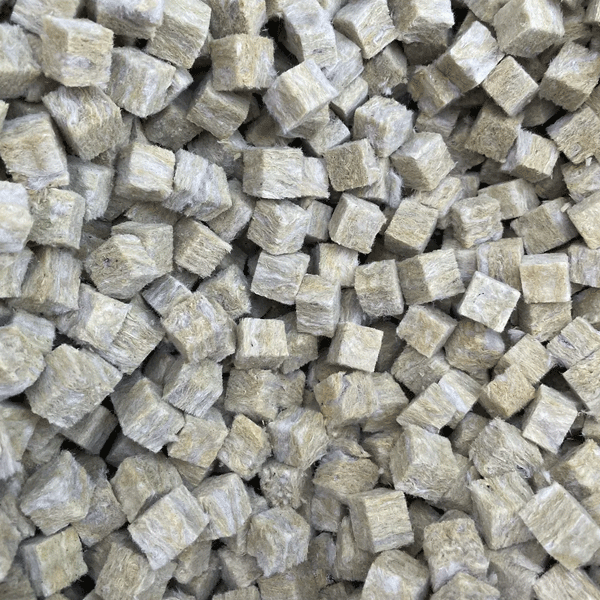 | Rockwool: Made from basalt or volcanic rock, it is lightweight and offers good water retention and drainage. |
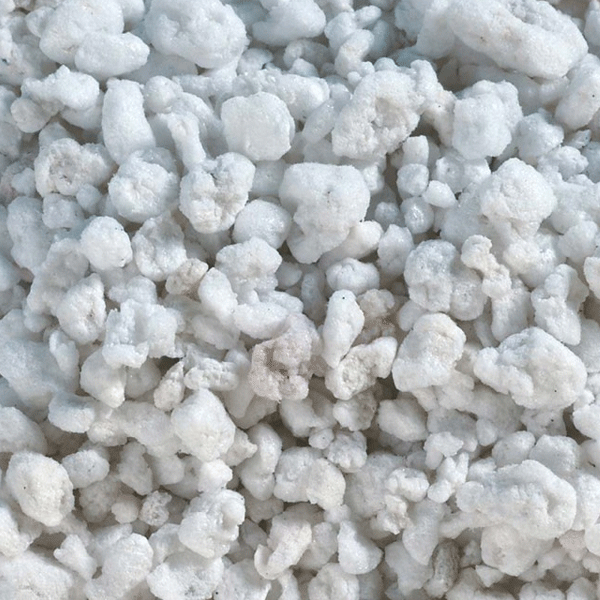 | Perlite: A light, inert material that promotes drainage and root aeration. |
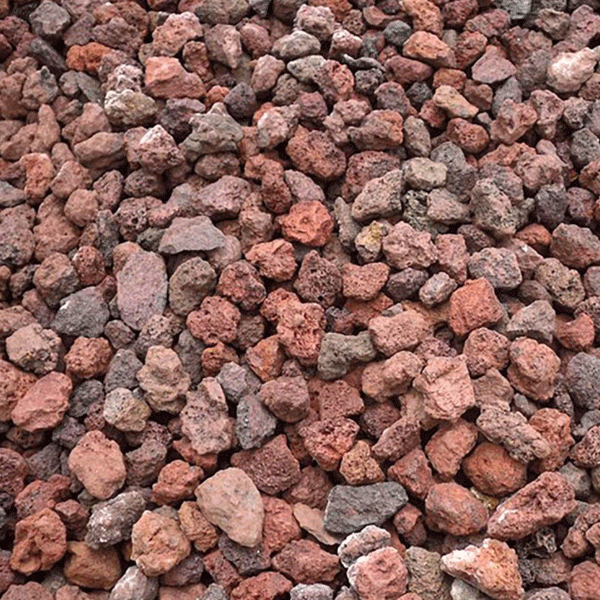 | Pozzolan: A porous volcanic rock offering good water retention and excellent drainage. |
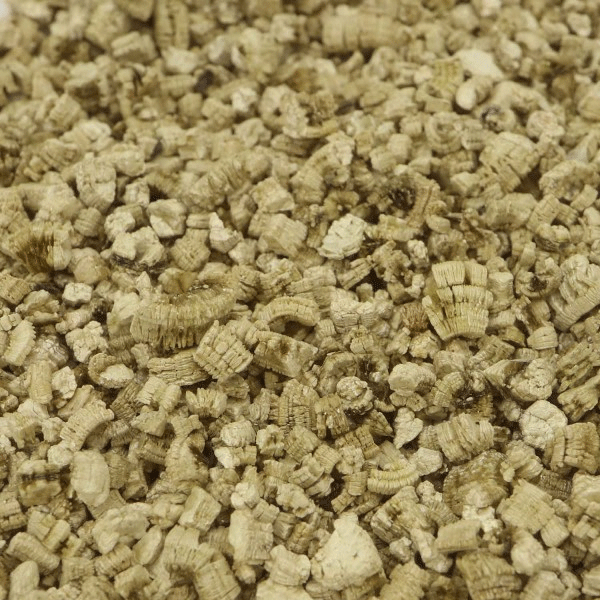 | Vermiculite: Retains water and nutrients, ideal for improving water retention in substrate mixes. |
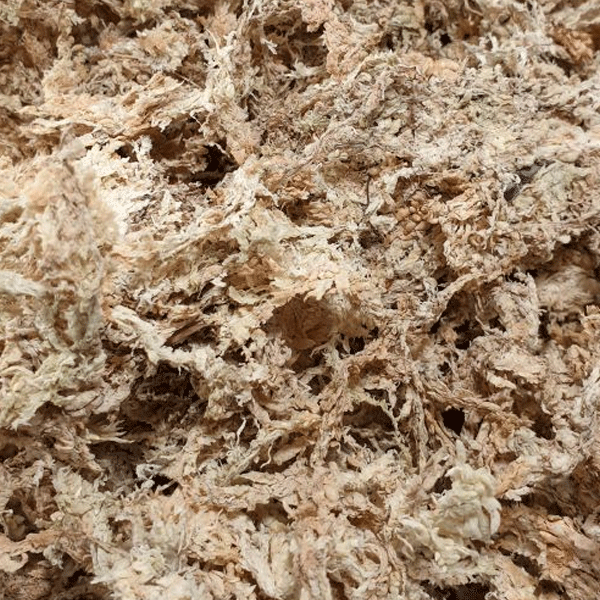 | Sphagnum: A water-holding moss, often used in hanging baskets. |
Choosing the right substrate for your plants
The choice of substrate is an essential element in plant cultivation, as it has a direct influence on plant growth and health. It is crucial to select the substrate according to the specific needs of each plant. Plants have varying requirements in terms of drainage, moisture retention, soil pH, structure and nutritional composition. For example, cacti and succulents thrive in a well-draining substrate low in organic matter, while tropical plants prefer a soil richer in organic matter and nutrients. Gardeners should also take into account the pH of the substrate, as some plants grow better in acid soil, while others prefer alkaline soil. Finally, substrate structure is important to facilitate root aeration and water circulation. In short, choosing the right substrate for the specific needs of each plant is a fundamental step in ensuring their success in the garden or pot, and helps to promote their growth, flowering and disease resistance.
Here are some important considerations:
- Pot cultivation: substrates for pot cultivation must have good water retention while ensuring adequate drainage. Potting mixes with perlite or vermiculite are commonly used.
- Open-ground cultivation: For open-ground cultivation, it's essential to assess the quality of the existing soil and apply amendments if necessary. Peat moss or coconut fibre can be mixed with the soil to improve structure.
- Hydroponics: For modern, efficient cultivation, hydroponic substrates are a must. They offer precis of water and nutrients.
Watering and irrigation methods adapted to substrates
Watering substrates depends on their ability to retain the nutrient solution. For high-retention substrates, manual watering can be considered, but it can also be automated with irrigation systems such as hoses, water pumps and cyclic timers. Passive, gravity-based systems (Blumat) or capillary action (AutoPot), are also recommended for certain growing methods. On the other hand, for hydrophilic substrates that retain little or no nutrient solution, an automated irrigation system is required.
Here are a few tips for each type of substrate:
- Ready-to-use potting soils: Make sure you don't over-water, as these mixes can retain moisture. Water when the substrate is dry on top.
- Potted crops: Use the finger rule: insert your finger into the substrate to a depth of around 2-3 cm. If it's dry at this level, it's time to water.
- Hydroponic substrates: Follow the irrigation system specific to your hydroponic system. Be sure to maintain a balance between water and nutrient supply.
Conclusion
The choice of horticultural substrate is essential to promote healthy plant growth and optimize your gardening results. It depends on the type of cultivation you practice and the specific needs of your plants. By understanding the advantages of each type of substrate and adapting your watering methods, you can create the ideal environment for your plants, whether in pots, in the ground or in a hydroponic system. At Growshops.fr, you'll find a wide range of substrates suitable for all types of cultivation. Consult our online catalog and follow our advice to select the optimum substrate and grow successfully. Don't hesitate to experiment to find the substrate that best suits your needs.

